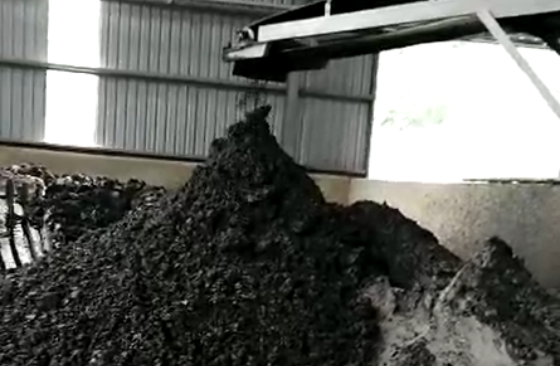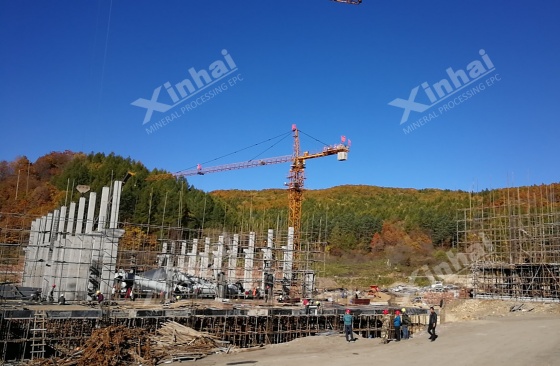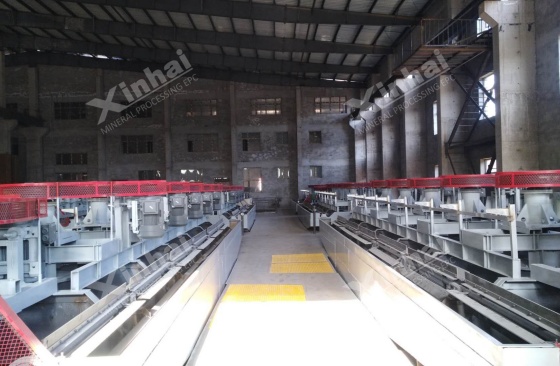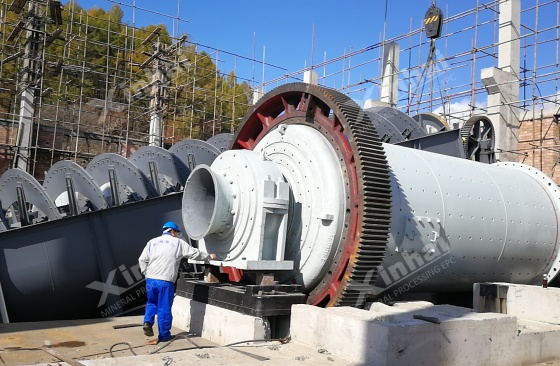
Graphite is the primary material used for the negative electrode in EV batteries. Global demand for graphite is expected to exceed 2.5 million tons by 2025, making it a highly promising mineral resource. This article explores the applications of graphite, methods of graphite mining and processing, and key directions for investment in the graphite industry.

1. High-Temperature and Refractory Materials
Graphite electrodes are used in the steel smelting process as conductive materials in electric arc furnaces, capable of withstanding temperatures up to 3000 ℃. Magnesia-carbon bricks (containing 10–20% graphite) are used for steelmaking converter linings.
2. Conductive and Electronic Industries
Due to its excellent electrical conductivity, graphite is commonly used in the production of carbon brushes for generators and motors, with a natural graphite content of 60–80%. Its high thermal conductivity also makes it ideal for use in chip heat sinks.
3. Chemical and Sealing Materials
Graphite is highly corrosion-resistant and is applied in the chlor-alkali industry as well as in main pump sealing rings for nuclear power plants.
4. Mechanical and Wear-Resistant Materials
With its superior lubricating properties, graphite is used in self-lubricating bearings and solid lubricant pastes, including those found in the joints of space robotic arms.
5. Emerging High-Tech Fields
Graphite plays an important role in advanced technologies. High-purity graphite is used as a moderator material in nuclear reactors. In the aerospace sector, it is applied in the nose cones of reentry vehicles.

To utilize graphite in the applications mentioned above, it must first be mined and processed from natural deposits. There are two primary methods of graphite mining: open-pit mining and underground mining.
1. Open-Pit Mining
Open-pit mining is suitable for graphite deposits with shallow ore bodies, high grades (fixed carbon content >5%), and thin overburden layers.
There are two main techniques used in open-pit graphite mining:
Drilling and Blasting Method: This method is applicable to most ore bodies. The process involves drilling → blasting → loading → transportation.
Mechanized Continuous Mining Method: Suitable only for soft ore bodies, such as certain types of cryptocrystalline graphite.
2. Underground Mining
Underground mining is used for deeper graphite ore bodies (over 100 meters deep) or when surface environmental sensitivity prohibits open-pit mining.
The main underground mining methods include:
Room-and-Pillar Method: This involves leaving regularly spaced pillars (typically 4m × 4m to 6m × 6m) to support the roof. It achieves a recovery rate of about 50–60% and is best suited for medium-thick ore bodies (3–10 meters thick).
Sublevel Caving: The ore body is extracted in stages through gravity-assisted caving. This method can reach a recovery rate of up to 80%, although the depletion rate is relatively high (15–25%).
Longwall Mining: Ideal for extremely thick ore bodies (greater than 15 meters).

The mined graphite initially exists as large pieces of ore, which must be further processed and purified before it can be used in various applications. This process is relatively complex, and the general processing flow is as follows:
1. Ore Pretreatment
Ore pretreatment mainly involves coarse crushing, fine crushing, and grinding. Coarse crushing is carried out using a jaw crusher to reduce the ore to 100–150 mm blocks, followed by fine crushing with a cone crusher, achieving a discharge particle size of ≤30 mm.
Subsequently, the graphite is ground using a ball mill or vertical mill until 80% of the material passes through a 200-mesh screen.
During the grinding process, special care must be taken to preserve cryptocrystalline graphite flakes and prevent flake damage.
Once pretreated, the graphite proceeds to the beneficiation stage.
The most common beneficiation method is flotation, which is suitable for flake graphite. The concentrate grade can reach 80–95%, with a recovery rate of around 85%. Kerosene and diesel are used as collectors, while water glass serves as an inhibitor to control silicate gangue. During froth flotation, the foam layer should be maintained at a thickness of 30–50 cm.
Gravity separation is suitable for lump (block) graphite, with concentrate grades reaching up to 90%.
Electrostatic separation is used in high-purity graphite processing and can produce semiconductor-grade graphite with purities as high as 99.9%.

3. Graphite Purification
After beneficiation, the graphite concentrate requires further processing to achieve higher purity. Common purification methods include:
Acid Leaching: This is a widely used method for purifying graphite. A mixed acid system of hydrofluoric acid (HF) and sulfuric acid (H₂SO₄) is used for chemical purification at temperatures between 80–120 °C. This process can achieve purities of 99.9–99.99%.
Alkali Fusion Method: This method involves melting the graphite with sodium hydroxide (NaOH) at 500–800 °C, followed by water washing to remove silicon impurities. It is especially suitable for graphite with high silicon content.
High-Temperature Purification: In this method, graphite is treated at temperatures of 2800–3000 °C for up to 72 hours, achieving purities as high as 99.995%.
1. Graphite Distribution and Producing Countries
Global graphite reserves are primarily concentrated in China, Turkey, Brazil, and Madagascar. The leading producing countries include China, Mozambique, Canada, and Russia.
In recent years, Tanzania and Norway have emerged as promising new sources. Tanzania’s graphite ore is notable for its low impurity content, with sulfur levels below 0.05%, making it well-suited for direct acid purification. Norway, on the other hand, produces specialized nuclear-grade graphite.
2. Graphite Investment Directions
The current core growth driver lies in the new energy sector. In lithium battery applications, investors can consider integrated projects that cover ore processing, spheroidization, and graphitization. However, the investment cost for such projects is relatively high.
Sodium-ion battery anodes use hard carbon/graphite composite materials, which can reduce costs by up to 40%. These may serve as viable alternatives when funding is limited.
Another promising investment direction is graphene, a cutting-edge material. Graphene thermal conductive films are used in 5G smartphones, base stations, and laptops. Additionally, graphene can be incorporated into tire rubber to enhance wear resistance.
Xinhai Mining is a company that provides customers with full-process services for graphite mining and processing. With top-tier qualifications in mine construction, Xinhai has served mining projects in over 100 countries and regions worldwide.
Xinhai Mining’s core advantage lies in the integration of mining, beneficiation, and concentrator operations, backed by our Class 1 mining construction qualification, ensuring on-schedule project delivery while achieving the highest possible concentrate grade and recovery rate.
To find out more about our products and solutions, please fill out the form below and one of our experts will get back to you shortly.